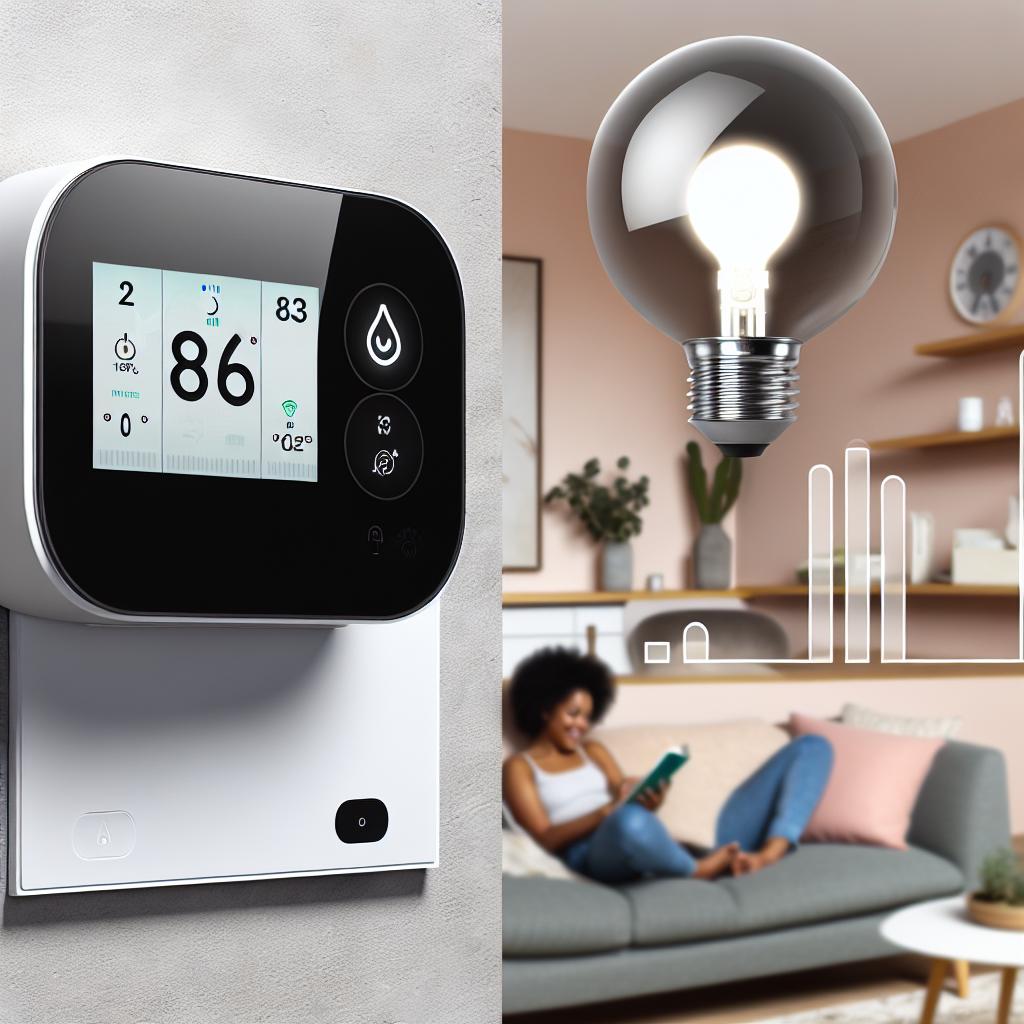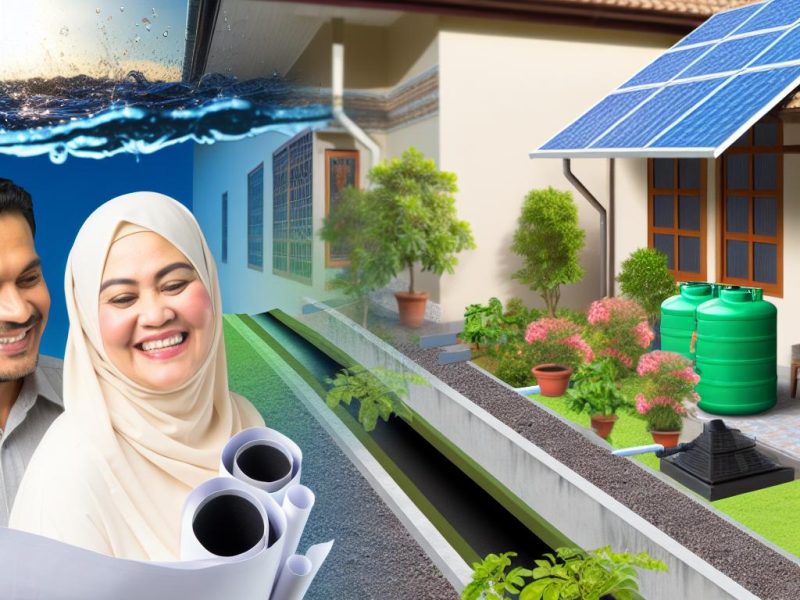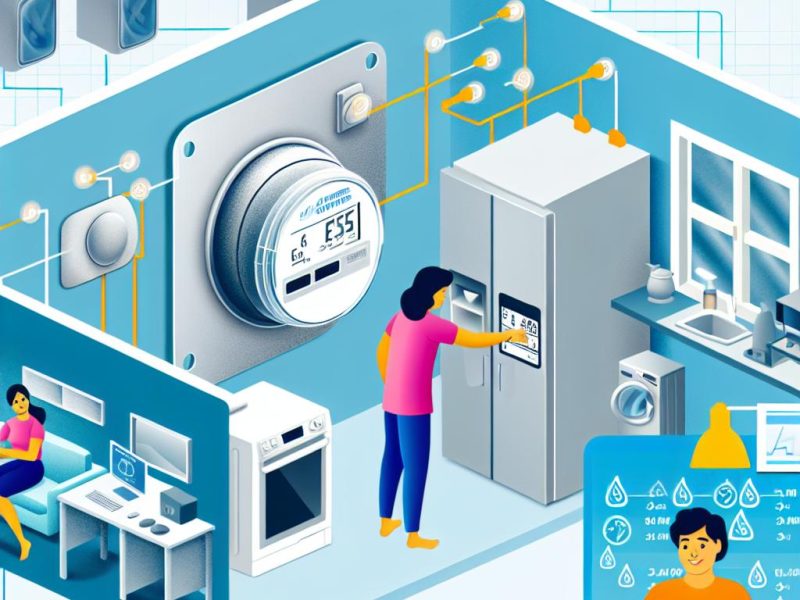Understanding Smart Thermostat Systems
Smart thermostat systems are increasingly popular in today’s homes, primarily because of their potential to save energy and reduce utility costs. These devices connect to a Wi-Fi network, allowing homeowners to control the climate of their homes remotely and more efficiently. By learning and adapting to your daily schedule and preferences, smart thermostats optimize heating and cooling in a way that traditional thermostats cannot.
How Smart Thermostats Work
Smart thermostats integrate with your home’s heating and cooling system to provide automated energy management. These systems utilize sensors and advanced algorithms to detect when occupants are home or away, adjusting the temperature accordingly. The capability to program temperature settings based on your specific schedule, and even weather conditions, contributes to energy savings.
Features of Smart Thermostats
Remote Access and Control: Through a smartphone app, users can adjust the thermostat settings from anywhere. This means you can increase or decrease the temperature even when you’re not at home, ensuring comfort upon your return without unnecessary energy expenditure.
Learning Algorithms: Many smart thermostats are equipped with algorithms that learn user behavior. Over time, these systems automatically adjust the temperature based on patterns such as when residents are typically home or away, without the need for manual input.
Integration with Other Devices: Smart thermostats can often connect with other smart home devices. Systems that are part of a larger ecosystem may work seamlessly with other devices like smart speakers or home assistants, facilitating voice control and more integrated home automation.
Energy-Saving Benefits
Smart thermostats contribute significantly to energy savings by decreasing heat or air conditioning when it’s not needed. According to studies, some households can save up to 10-12% on heating and 15% on cooling bills, though savings can vary based on location, energy costs, and lifestyle.
Aside from directly reducing energy use, smart thermostats also provide valuable insights by tracking energy consumption over time. Many systems generate reports or notifications, allowing users to identify patterns or habits that lead to excessive energy use. By understanding these patterns, homeowners can adjust their settings and behaviors to further optimize energy use.
Beyond Basic Functions
In the realm of smart thermostats, functionalities continue to expand, offering homeowners even more control and flexibility. Geofencing is one such feature that enables your thermostat to adjust the temperature based on your physical location relative to your home. Using the location services on your smartphone, these systems can detect when you’re on your way home and adjust the temperature to your preferred setting before you arrive. This eliminates the need for guesswork and manual adjustments, ensuring the perfect home environment upon your return.
Additionally, as technology evolves, some smart thermostats are starting to include advanced humidity control. This feature is particularly beneficial in regions where humidity significantly affects comfort levels. By maintaining an optimal balance of temperature and humidity, smart thermostats help increase comfort while potentially reducing the need for additional cooling costs.
Challenges in Adopting Smart Thermostats
While smart thermostats offer numerous benefits, there are also challenges to consider. The initial investment costs can be a barrier for some households, as these devices tend to be more expensive than traditional thermostats. However, considering the potential savings on energy bills, the return on investment may justify the initial expense over time.
Additionally, for homes with more intricate heating and cooling systems, setup can be more complicated. Some homeowners might require professional installation services to ensure their smart thermostat integrates properly with older or more complex systems. It’s important to evaluate your home’s specific circumstances to determine the feasibility and compatibility of a smart thermostat with your current HVAC system.
Privacy and data security are other considerations. Smart thermostats often collect data on user habits and energy usage, which may raise concerns for the privacy-conscious. When selecting a system, it is crucial to review the manufacturer’s data policies and opt for companies known for their commitment to maintaining high privacy standards.
Future of Smart Thermostats
The future of smart thermostat technology is promising, with ongoing advancements in artificial intelligence and the Internet of Things (IoT). As these technologies become more sophisticated, users can expect enhanced capabilities, such as predictive maintenance alerts and even greater energy efficiency.
By consistently analyzing data, future smart thermostats could provide more personalized and precise energy management recommendations. As part of a smart home ecosystem, these devices will likely better integrate with other home automation systems, providing seamless control over various aspects of the home environment.
More manufacturers are likely to enter the market, increasing competition and driving innovation. This means smarter, more efficient, and more affordable options will be available to a broader market segment.
Conclusion
Incorporating a smart thermostat into your home can be a wise decision if you’re looking to save on energy costs and enhance comfort. As technology advances, these systems become more adept at predicting user needs and integrating with a broad range of smart home devices. The ability to control your home’s temperature with precision and ease from anywhere is a key feature, but the real benefits come from optimized energy consumption and cost savings in the long run.
Whether you’re environmentally conscious, eager to embrace the latest in home technology, or simply looking for ways to cut down on utility expenses, smart thermostats offer a compelling option. Consider the specific needs of your home, weigh the initial investment against potential savings, and choose a system with features aligned with your lifestyle and preferences.
For more detailed information and reviews of specific smart thermostats, check out Consumer Reports for comprehensive and trustworthy evaluations.



